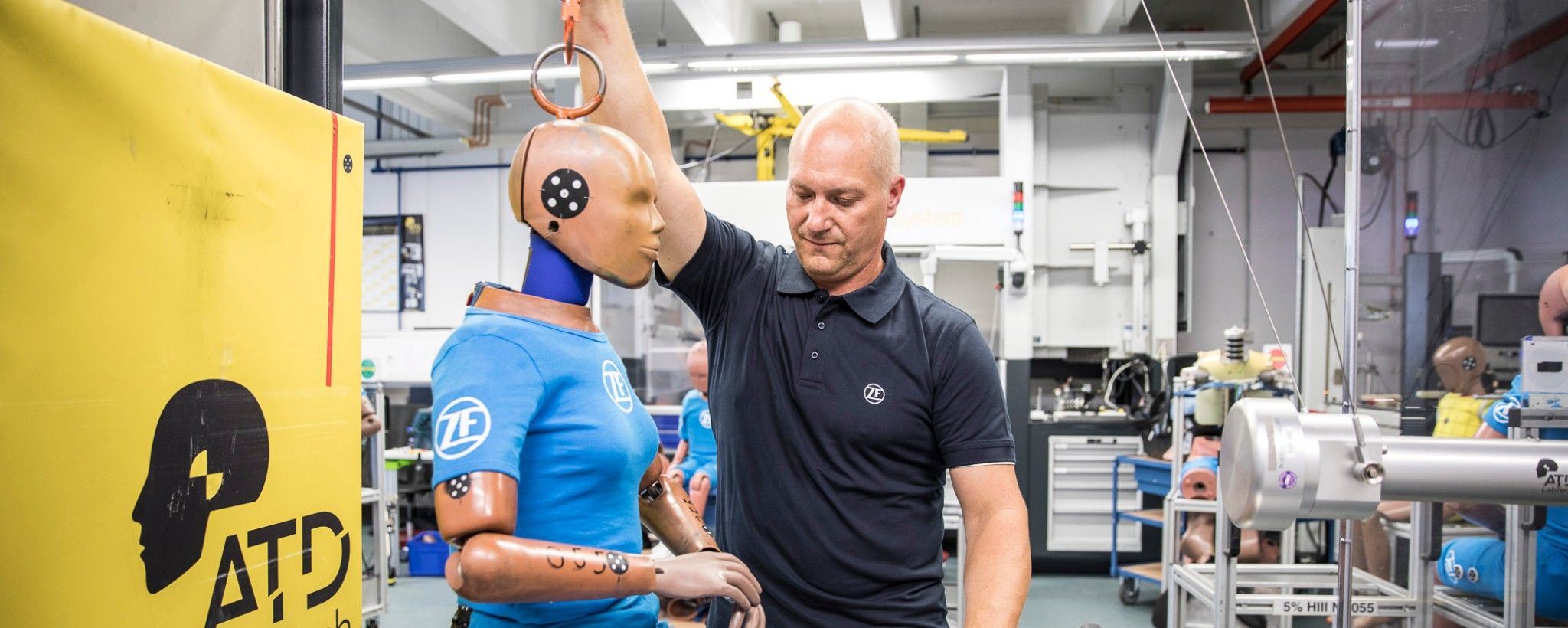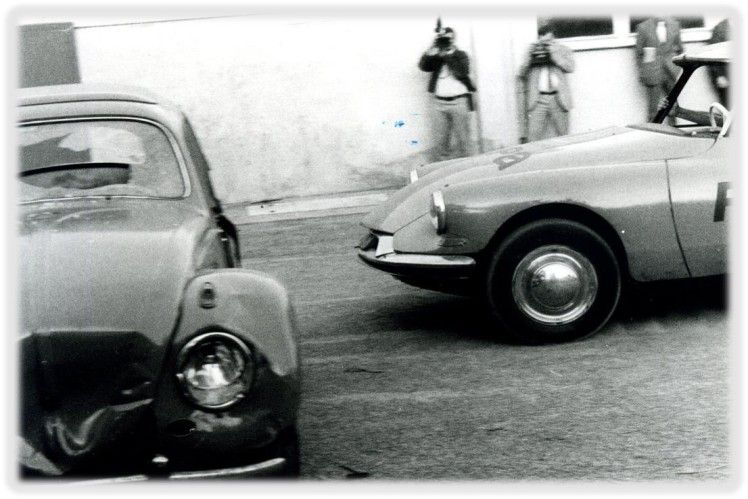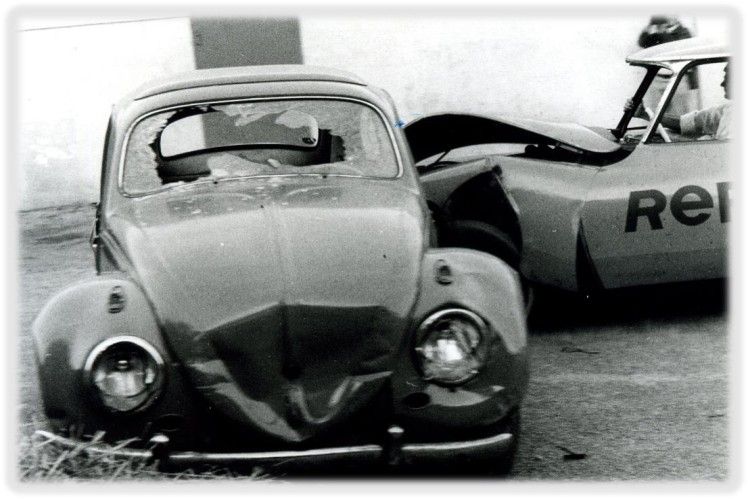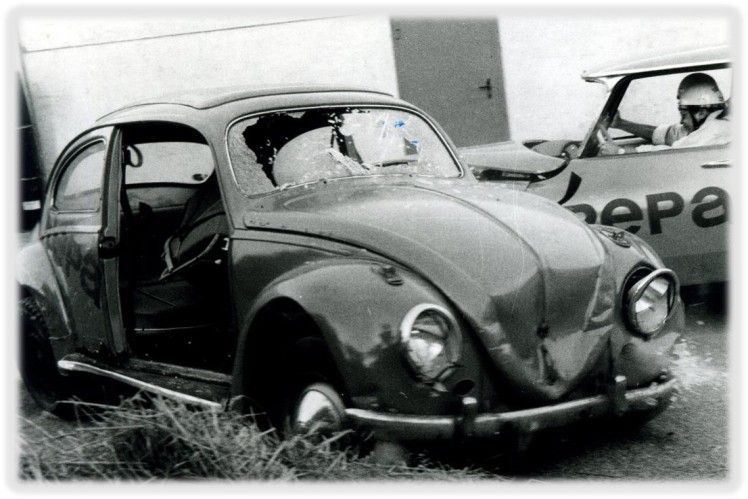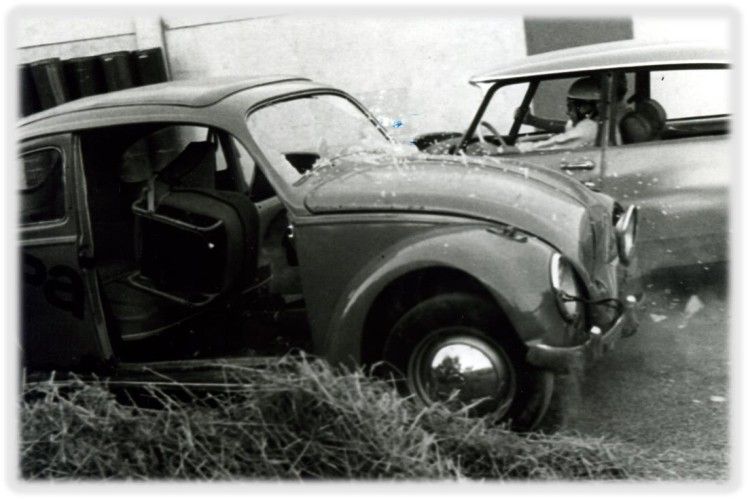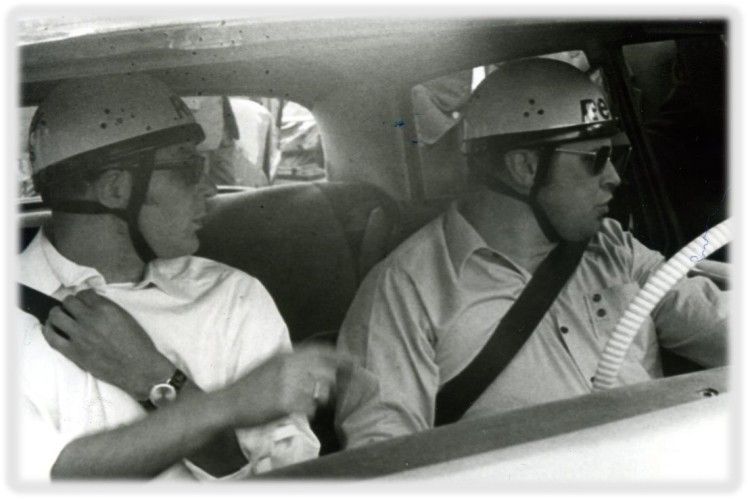
Sven Turza is team leader of the ZF dummy laboratory in Alfdorf.
When it comes to global occupant safety systems such as airbags and seatbelts, ZF is the leader, as is widely known. What is not quite so commonly known is that crash tests actually take place here all the time – 24 hours a day, 7 days a week. ZF is among approximately 100 companies worldwide that regularly perform component-level tests with crash test dummies (anthropomorphic test devices, or ATD).

Convincing test experience
This expertise is based in the Passive Safety Systems division in Alfdorf, Germany. The location has dealt with safety issues since the 1970s. Back then, executive managers and other volunteers sometimes even served as live crash test dummies. Although this was admittedly an impressive way of convincing customers of the effectiveness and quality of safety solutions, it is no longer practiced today for good reasons.
In any case, the former Repa GmbH (a fine-blanking and refurbishment plant), the German specialist for seatbelts and later also airbags, set up a new, second plant in Alfdorf at that time. The capital for this was provided through a 70 percent stake held by the US Group TRW. And this was acquired by ZF in 2015.
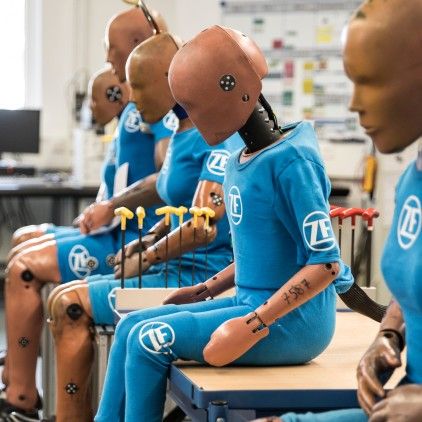
Enhanced safety thanks to 7,000 dummy crashes
Now let us come back to ZF crash tests as they are conducted today. Four Group locations, each with a different number of sled installations, carry out these tests: Detroit in the USA, Shanghai in China, Yokohama in Japan, and Alfdorf in Germany. Their objectives? To examine the numerous load cases from which the (regional) NCAP assessment for occupant safety is derived. And, of course, to continue to improve airbags and seatbelts for the purpose of road safety; and to help bring innovations to production maturity. A total of 120 ATDs are in active use at ZF. Each one completes up to 70 tests per year – in other words, ZF causes about 7,000 crashes in its installations every year. The oldest “working” crash test dummy, now 31 years old, has already been involved in around 2,200 accidents.
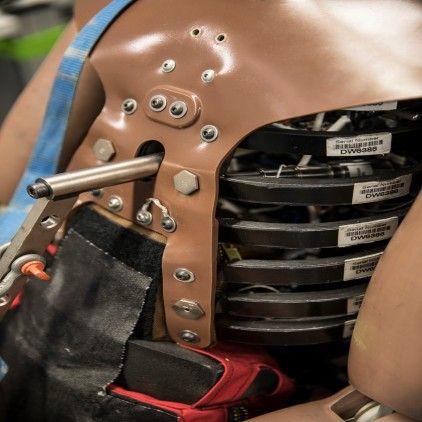
Preparing, checking, and repairing ATDs
Without the ZF dummy laboratory in Alfdorf, that dummy would have been disabled long ago: The team here – just like our colleagues at the other locations – is responsible for keeping the dummies, which cost up to EUR 1 million, in working shape for as long as possible. It checks the ATDs for mechanical functionality after they have been used in approximately ten tests. They are also inspected if the loads from different tests have added up to a certain limit value. Up to 200 sensors, and even more measuring channels, of a dummy must also be checked. After all, they must correctly record the accelerations and force effects during crash tests. The laboratory also functions as a kind of “trauma surgery”: the team replaces body parts of the dummies if they have been broken due to (excessively) high loads. It prepares the ATDs specifically for each test, programming and calibrating the sensor system.
Seated safety
Like myself, most laboratory experts are trained electrical engineering technicians, because the job requires them to handle sensors and data with confidence. Whatever qualifications are required beyond that are based on interest and experience. Of course, there is training, such as the one that had to be done recently for the latest, particularly human-like (biofidelic) and complex THOR dummies. The test requirements themselves are also currently changing. The trend toward fully automated driving and electric cars with a level floor raises hopes for many new seating positions and settings. But each and every one of them must be tested in terms of occupant stress and safety before they can be implemented in a series-production vehicle. This diversity can only be covered by virtual crash simulations on a computer. Nevertheless, the ATDs in the ZF laboratories need not fear the future: the data on which these simulations are based can be obtained only through crash tests involving actual dummies.
